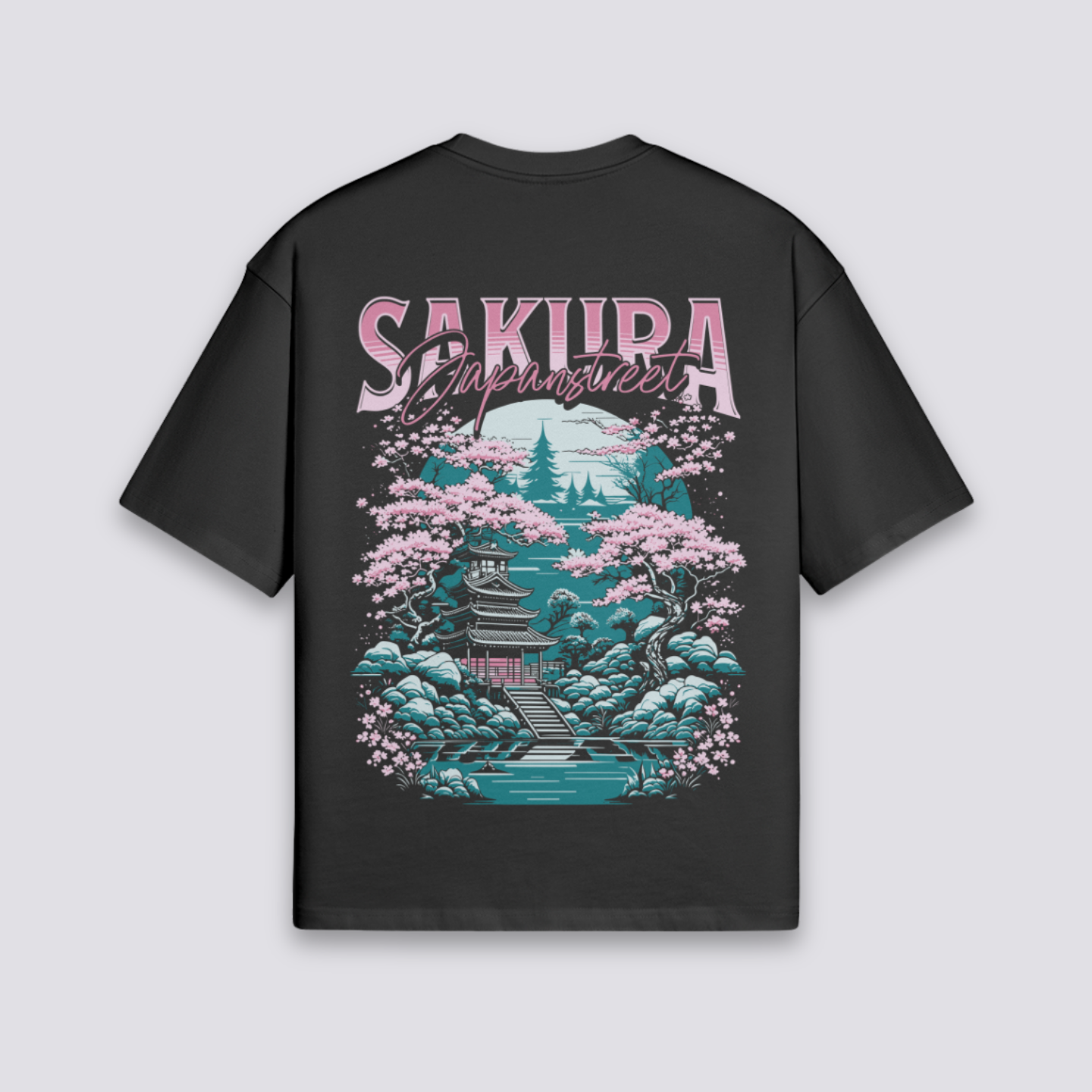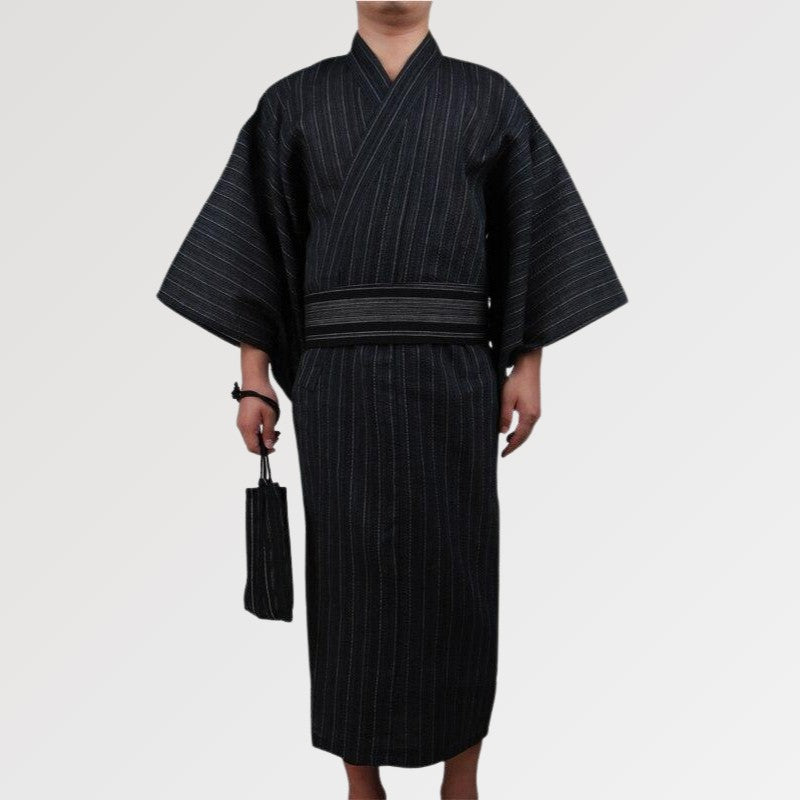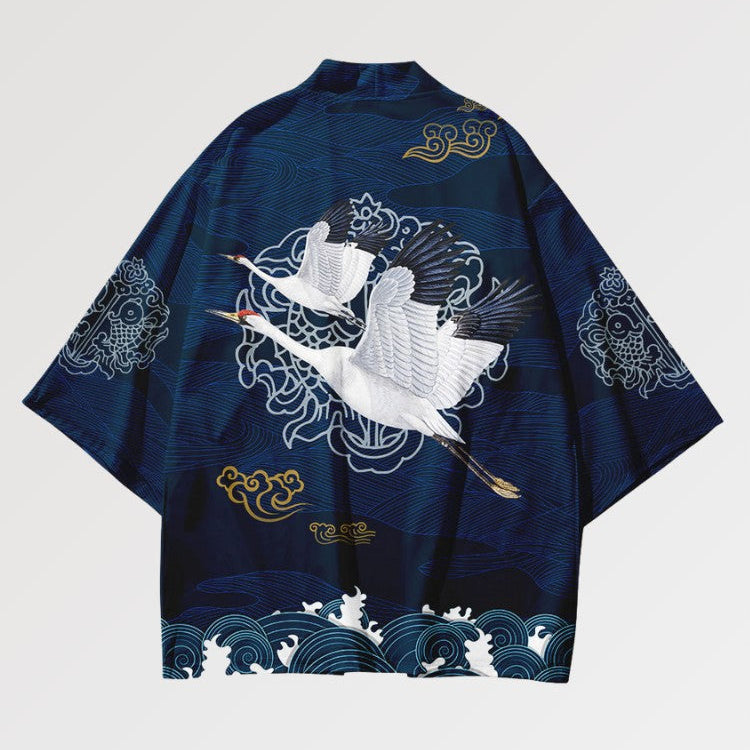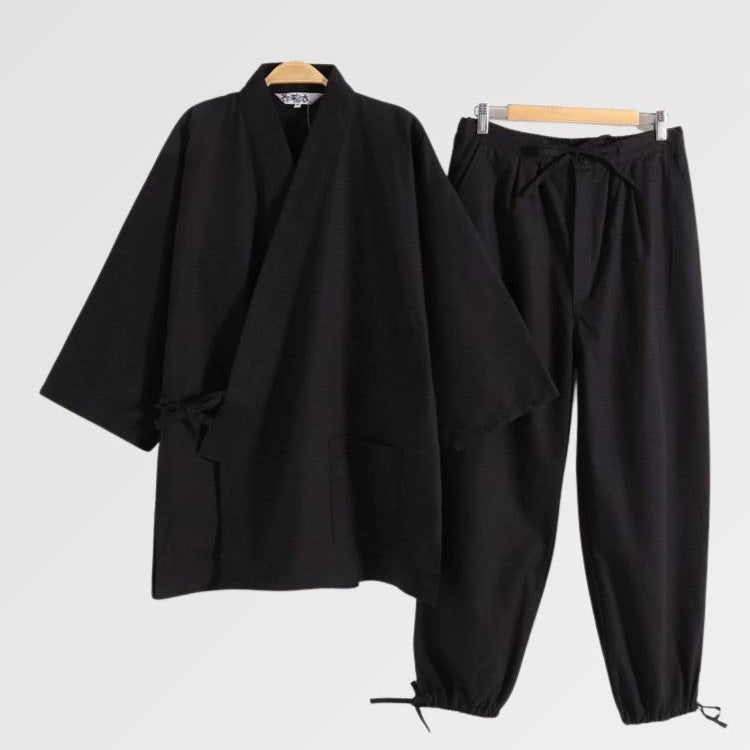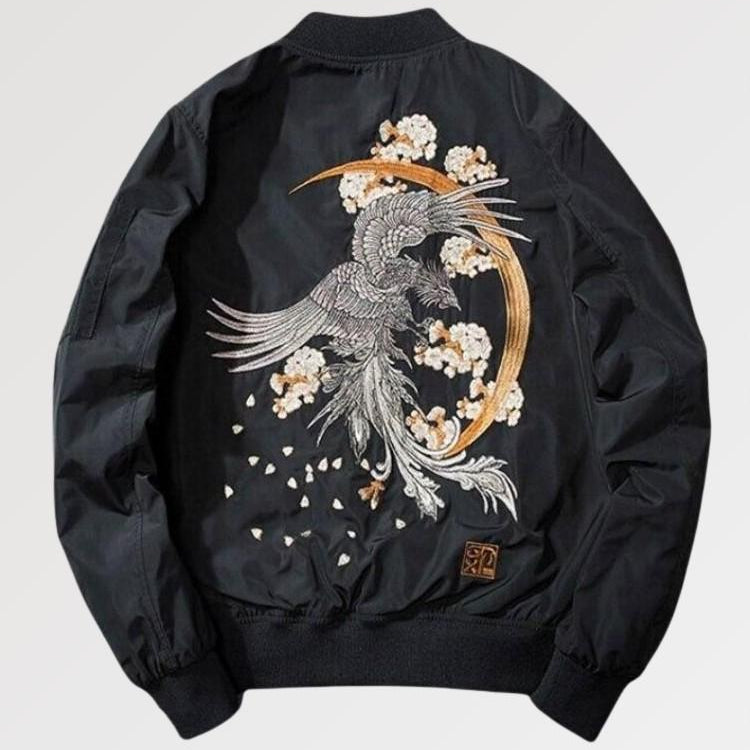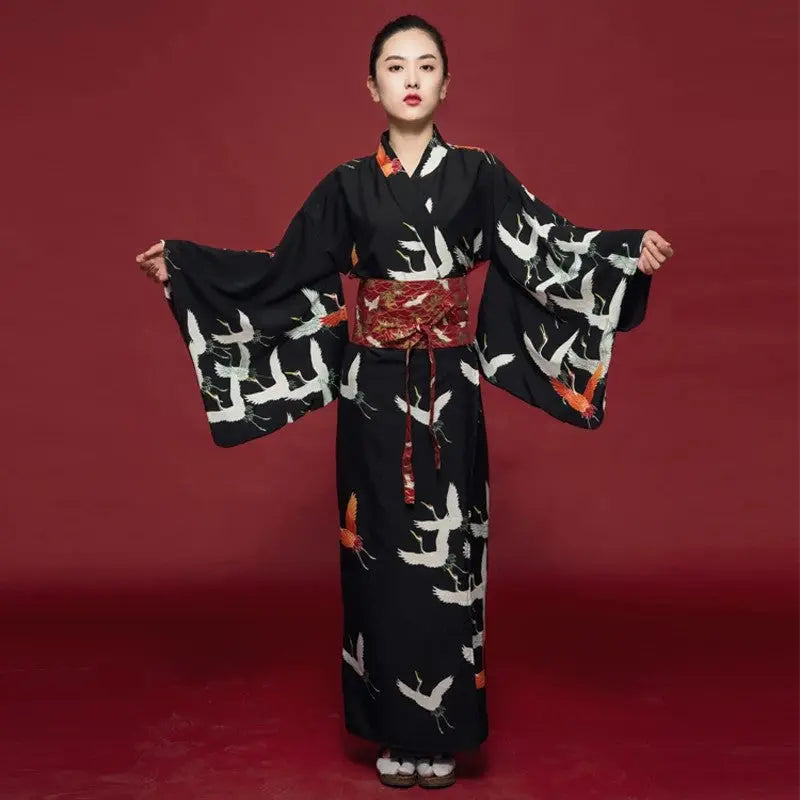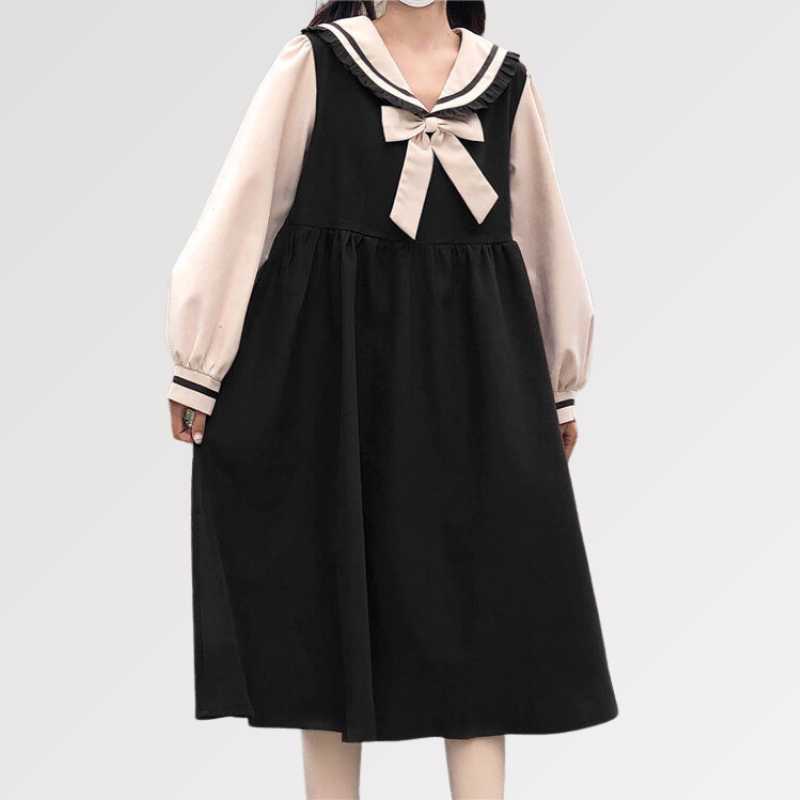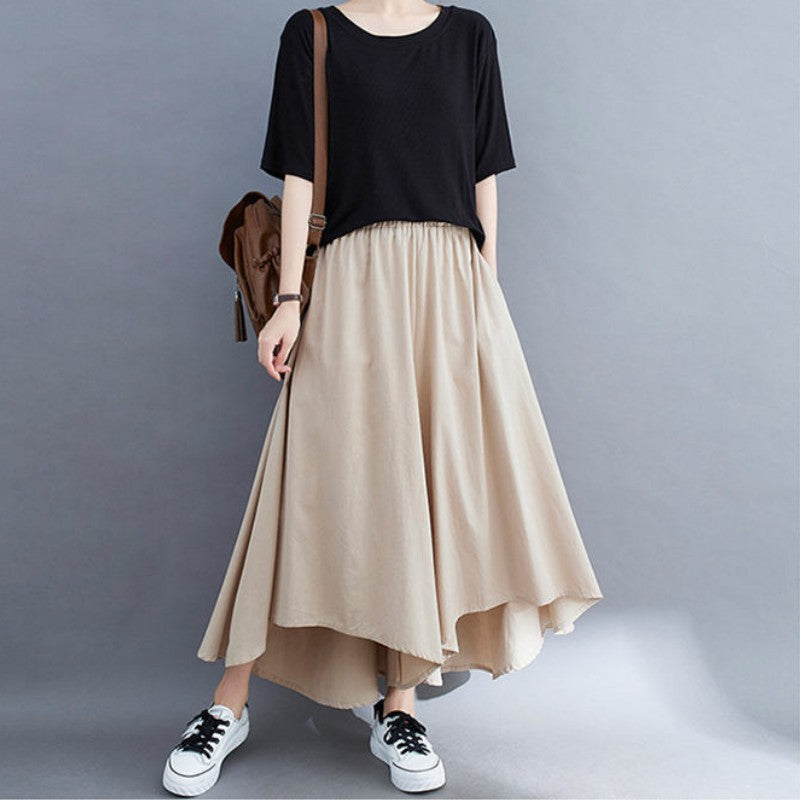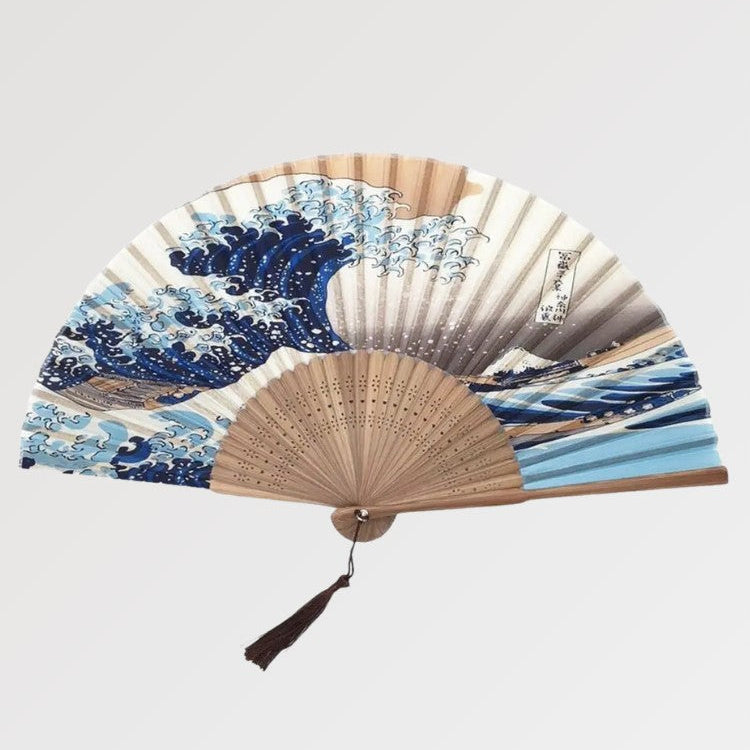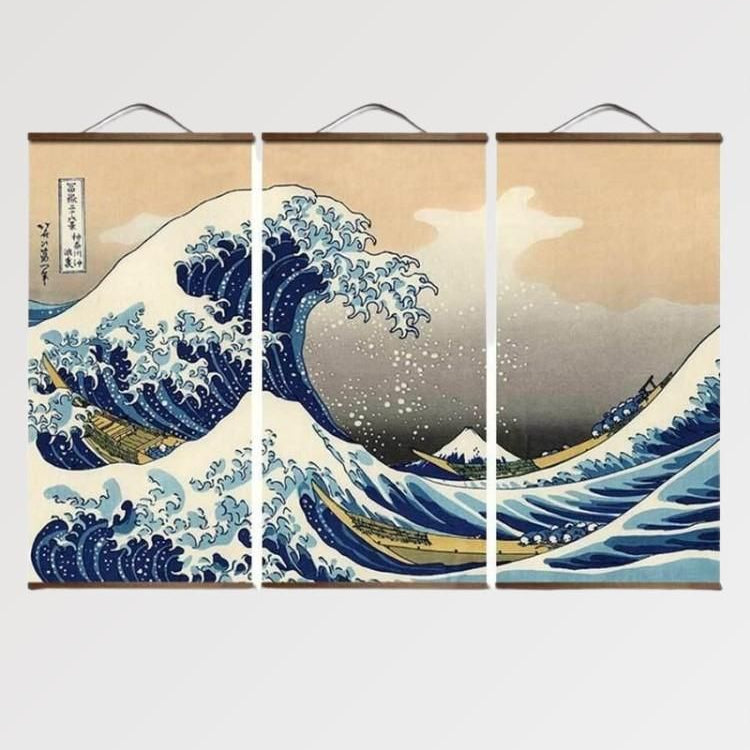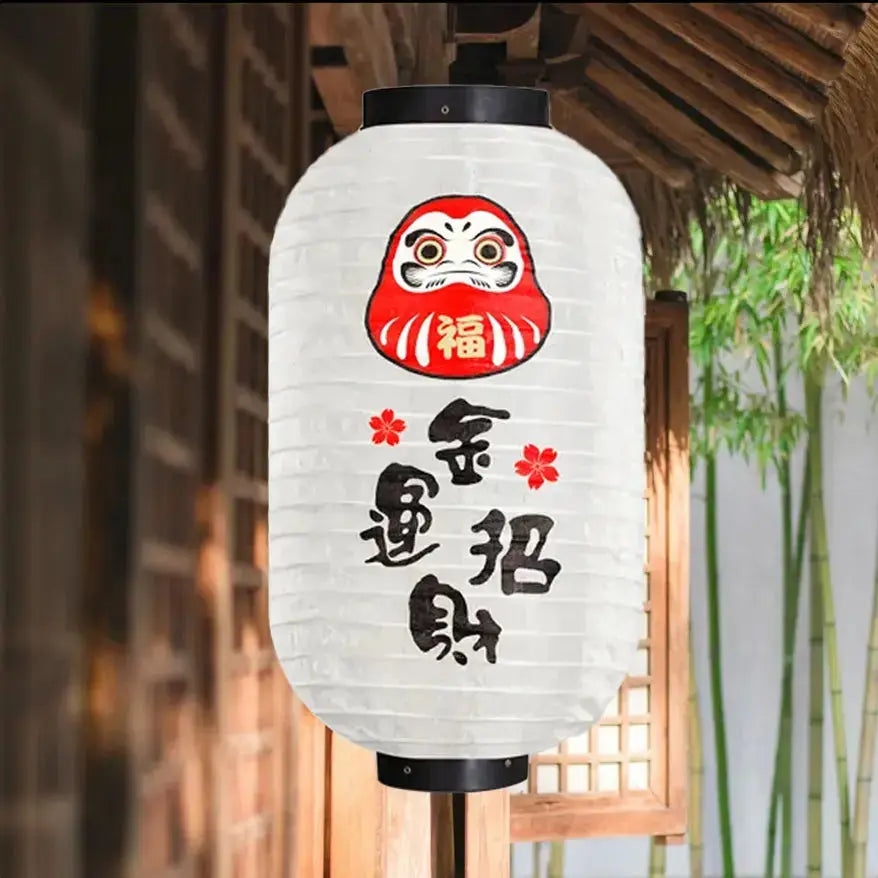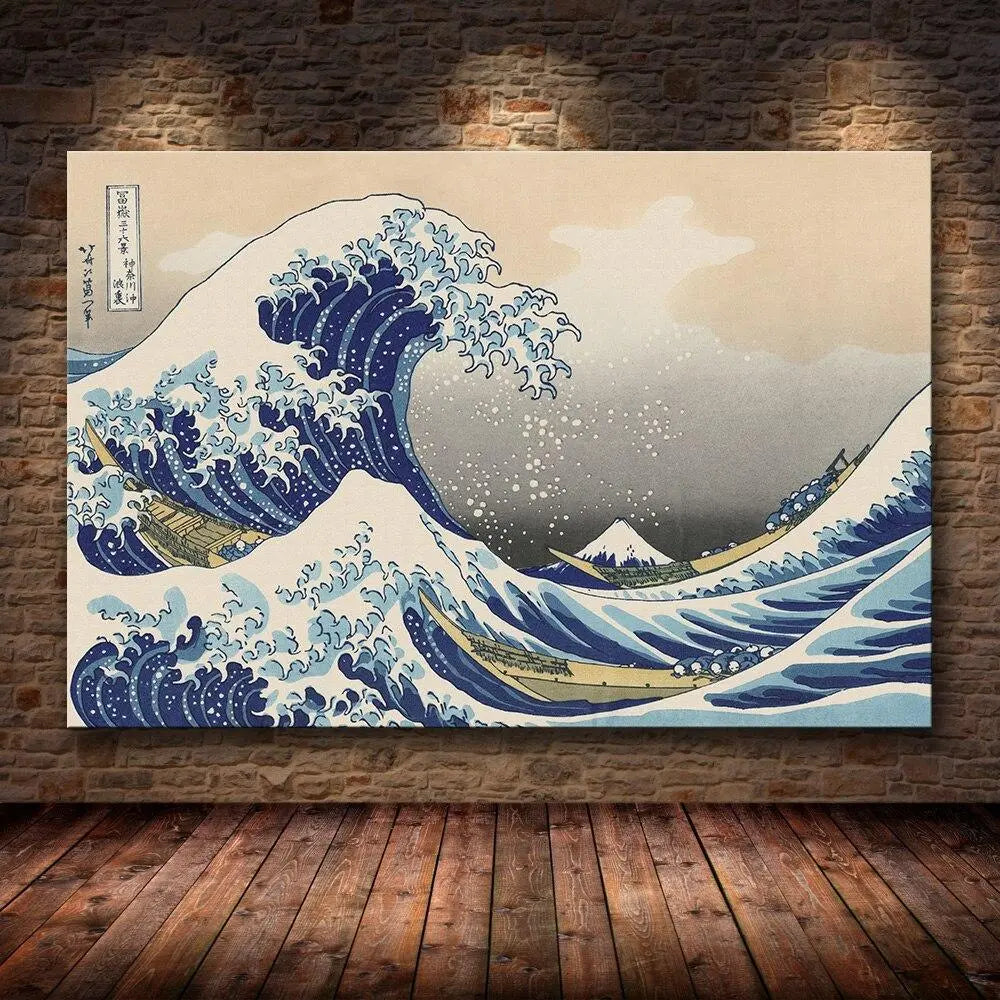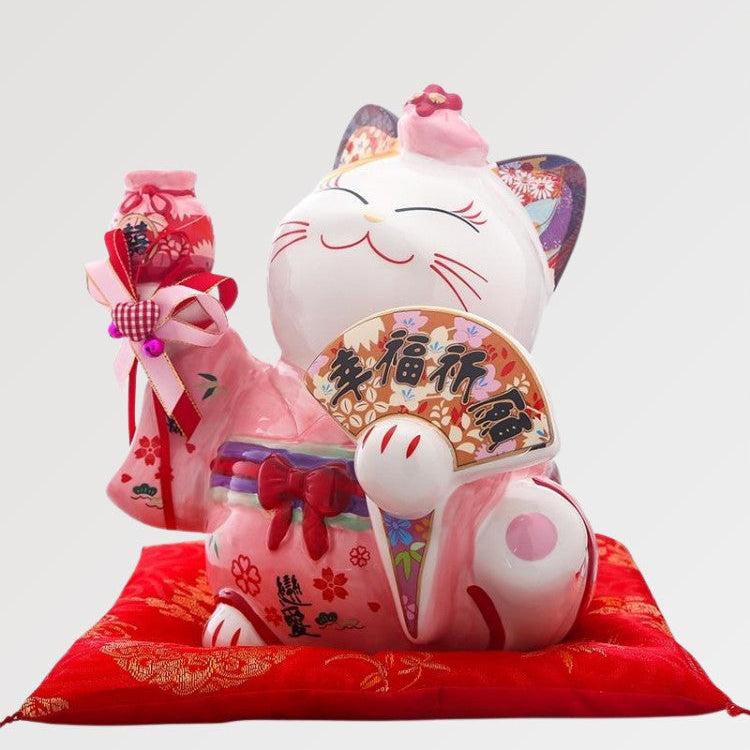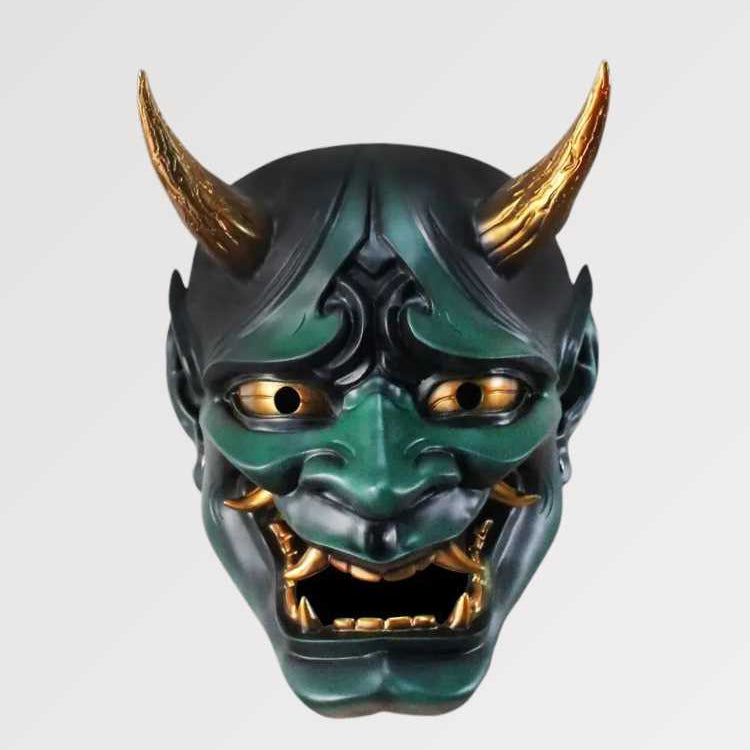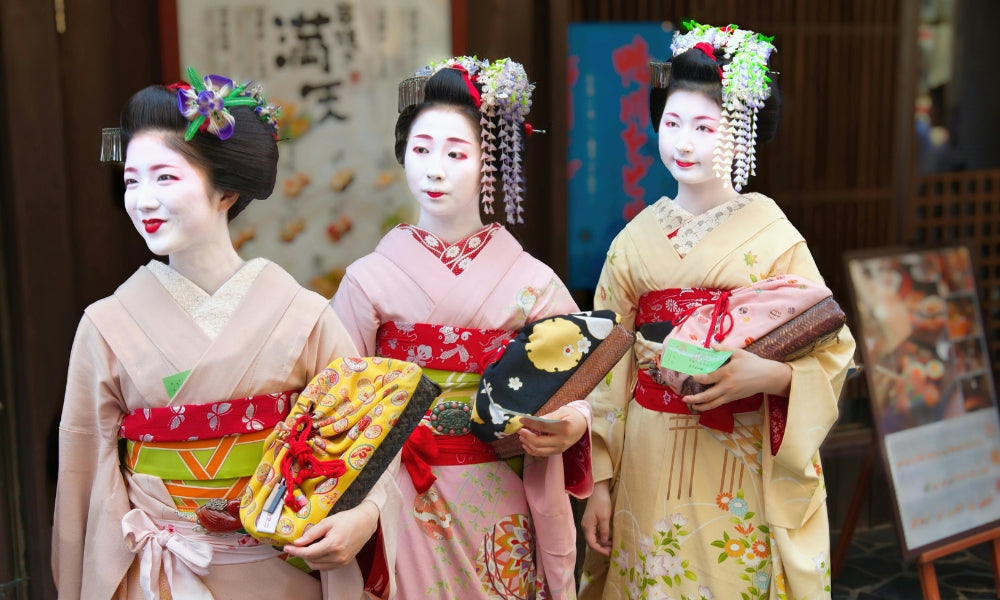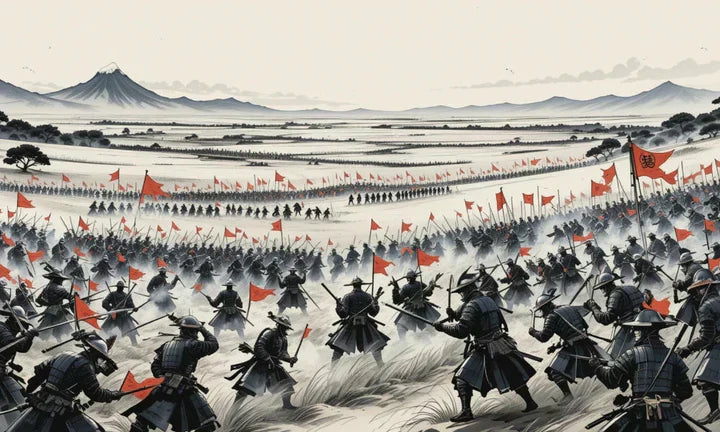In the land of the rising sun, nature holds a great place in the culture. Plants, trees and flowers are almost sacred, and each month of the year corresponds to a flower. Although the cherry blossom is one of the japanese symbols, it is not the only one to be honored, eleven others are honored throughout the year in the country.
Let's discover in this article these 12 Japanese flowers and their meaning.
January/Ichigatsu: Japanese plum/Ume

With its maximum height of 12 meters and its brown or maroon branches, the Japanese plum (deciduous tree) is a great success. Only starting to grow in the West in mid-February, the Japanese plum tree and more particularly its flower (Ume), is the japanese symbol of January (ichigatsu). Its fruit, the Japanese plum, is harvested from spring to summer and its colors vary (sometimes to coral). The leaves of the Japanese plum tree are oblong and offer, together with its flowers, beautiful landscapes. North of Tokyo, you will find a town called Okutama, which has 25,000 Japanese plum trees.
February/Nigatsu: Adonis Ramosa/Fukujusô

The Ramosa Adonis (Fukujusô) is distinguished by its yellow color. It is the japanese flower that embodies the month of February (Nigatsu). It grows in the undergrowth in the mountains, it is a perennial herb. It blooms from February to April and its flowers are quite small. Native to Okkaidô in Kyûshû, it is almost not found in nature anymore, but it is kept in specialized places, like the botanical garden of Kyoto. You can admire it there as well as in other places of the country if you decide to go to Japan.
March/Sangatsu: Japan Camellia/Tsubaki

In March (sangatsu) in Japan, we celebrate the Japanese Camellia (Tsubaki). This evergreen shrub takes its flowers at the end of the winter. Its large flowers are usually red or pink, but can also be white. Native to Japan, this Camellia flower has become a strong image. It inspires Japanese fashion, on its kimono cardigan for example, but also on many different fabrics (crepe, felt, lycra, elastane, poplin, viscose, muslin, printed cotton, lace, velvet, flannel, satin, polyester, silk, cotton, linen, of beautiful Japanese quality) If you want to admire these Japanese flowers, you can go to Kawagushi at the Horticulture Promotion Center.
April/Shigatsu: Japanese cherry tree/Sakura

The Japanese cherry tree or Sakura is a very famous tree with symbolic flowers and romantic image. It represents in Japan the month of April (shigatsu) and its fragrance is very pleasant. Belonging to the Rosaceae family, its flowers remind of roses. Famous for its spring flowering, it is widely used in ornamental plantings, especially in Asia, where it originates from.
The small light pink flowers of the cherry tree are a widespread image of the beauty of the Japanese nature, displayed among other things on traditional clothes like this female kimono or accessories like this Japanese fan. If you are in Japan, don't miss the 30,000 cherry trees of Mount Yoshino, near Nara, for a pink, almost fuchsia colored show (inspiring the old pink and powder pink colors).
May/Gogatsu: Glycine/Fuji

The Japanese Glycine is a large tree with multitudes of small clusters of flowers. It is basically a climbing plant, native to Japan. Like cherry blossoms, wisteria flowers are used as an ornamental. The Byodoin temple in Kyoto celebrates the Wisteria festival, as there are several others in the country. But in May, Japanese people also celebrate, as we westerners do, the lily of the valley (suzuran) which signals the imminent arrival of summer.
June/Rokugatsu: Iris/Hanashôbu

The Iris or Hanashôbu, more particularly the one called Japanese Iris, is a hardy perennial plant. It likes cool places and waterways, and it symbolizes the month of June (rokugatsu) and the first heat. The colors of the Iris are intense, the green of the foliage brings out the flowers, mainly blue, but also possibly white or purple. The Meiji shrine of Tokyo offers the magnificent spectacle of the blooming of the Japanese iris, but also of another flower of the Japanese month of June: the hydrangea (ajisai). If you travel to Japan, think about it.
July/Shichigatsu: Ipomoea/Asagao

The Japanese Ipomoea (Asago) is a very famous flower, also in the West. It is a climbing plant native to America, but also to Asia in different varieties. Symbolizing summer, it likes heat and grows during this period, which explains why it is the emblematic flower of the Japanese month of July (shichigatsu). Its most famous color is blue, a very nice dark blue (petals more rarely sky blue, turquoise, mauve or purple).
The Ipomea has large flowers which inspire in all occasions, especially by their color. We find large blue flowers associated with other Japanese motifs such as the carp Coï or dragonflies and butterflies (also on skirt, blouse...). If you travel to Japan, find the Ipomea festival in Tokyo.
August/Hachigatsu: Sunflower/Himawari

The Sunflower (Himawari) is a flower that we also know very well in our Western countries (like the peony, the tulips or the bamboo). It celebrates the month of August in Japan (Hachigatsu). The Sunflower Festival takes place all over the country during this hottest month of the year in Japan. Sunflower represents warmth, it is cultivated but also used in an ornamental way. We can find it around the Fukushima power plant for its properties of extraction of toxic elements from the soil. It is often found in interiors (multicolored decoration, quilt, cushion) in a printed way in order to bring its radiation into the homes.
September/Kugatsu: Lycoris Radiata/Higanbana

In Japan, Lycoris Radiata (or red Lycoris, Higanbana) symbolizes autumn with its red color, the color of autumn in the land of the rising sun. It is a bulbous plant which likes once the big heats passed. Originally from China or Nepal, this flower was introduced in Japan which knew how to cultivate and sublimate it. The Lycoris Radiata usually blooms at the autumn equinox (mid-September, also associated with the festival of the dead in Japan). Its petals are thin and long, which makes it very recognizable, especially for making decorations, designs or ornamental patterns.
October/Jugatsu: Cosmos/Kosumosu

In October (jûgatsu) in Japan, the flower that is honored is the Cosmos. Its colors are varied and remind more the autumn than the spring-summer seasons. We can find pink, orange, more rarely white, especially in Hyogo and Kyoto. This seasonal flower (kosumosu) is surprisingly native to warm countries like Mexico. Cosmos were imported to Japan and enjoyed there, which explains the importance they have taken over the centuries. Large colorful areas of Cosmos can be found in the Japanese countryside.
November/Jûichigatsu: Chrysanthemum/Kiku

Unlike the West, Japan considers Chrysanthemums (Kiku) as the symbol of sun and light. The festival of happiness takes place every year and celebrates in November (Jûichigatsu) this flower. While Westerners associate this flower with All Saints' Day, this is not the case in Japan. It originates from China and blooms in autumn. If the cherry blossom is an emblem of Japan, the Chrysanthemum is the flower of choice in this country: it is the symbol of the Japanese imperial family. The Japanese culture has made the Chrysanthemum in its image, differently from other countries in the world.
December/Jûnigatsu: Camellia sasanqua/Kantsubaki

The Christmas Camellia (Camellia Sasanqua or Kantsubaki) is a Camellia of the Theaceae family. These often fragrant flowers, have been cultivated for ornament since the XVᵉ century in Japan where it grows wild. This variety of Camellia grows in winter in Japan and thus represents this month of the year in Japanese culture.
Its large, often red petals and yellow heart inspire many Japanese designs, like on this traditional Japanese fan. But this is not the only use of Sasanqua (sazanka) which is also very much used to perfume green tea: enjoy it in a traditional way during a stay in Japan, or at home to escape for a moment.
All these flowers are very important elements, their great variety makes them central in the Japanese floral compositions, but also and especially in the textile confection (silky, colored, printed, fancy, flowered textiles, clothing, printed sheet, sweater, bed linen with pattern, furnishing, embroidery, woven linen, curtains...). These symbols of Japanese culture are very important and represent nature and seasons, central elements in the land of the rising sun.
